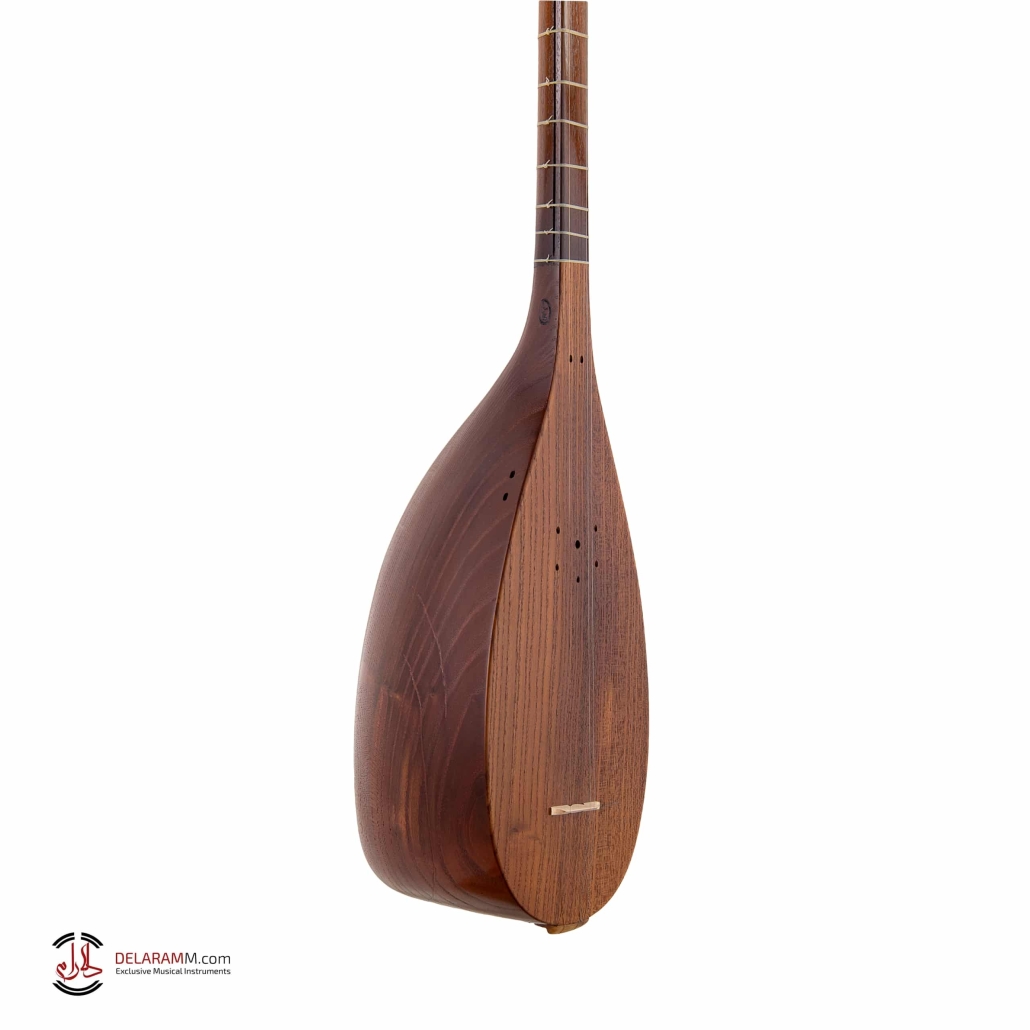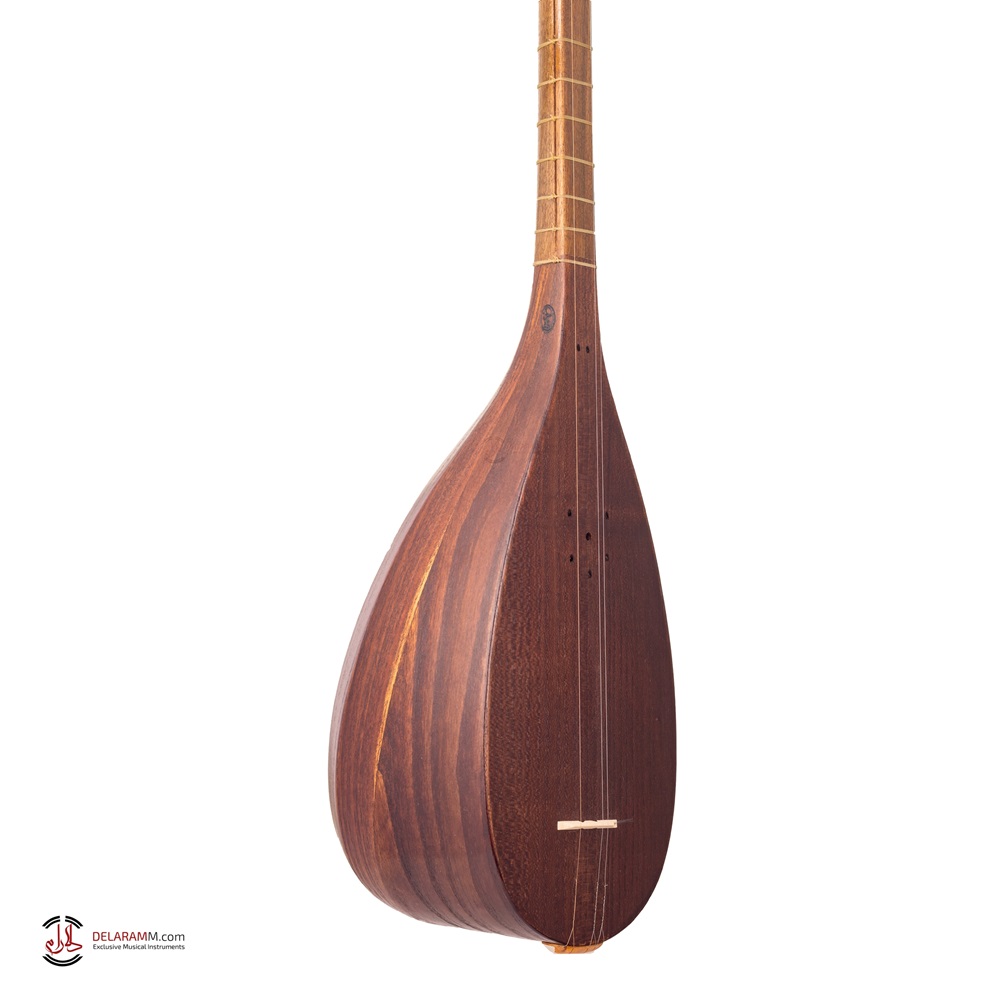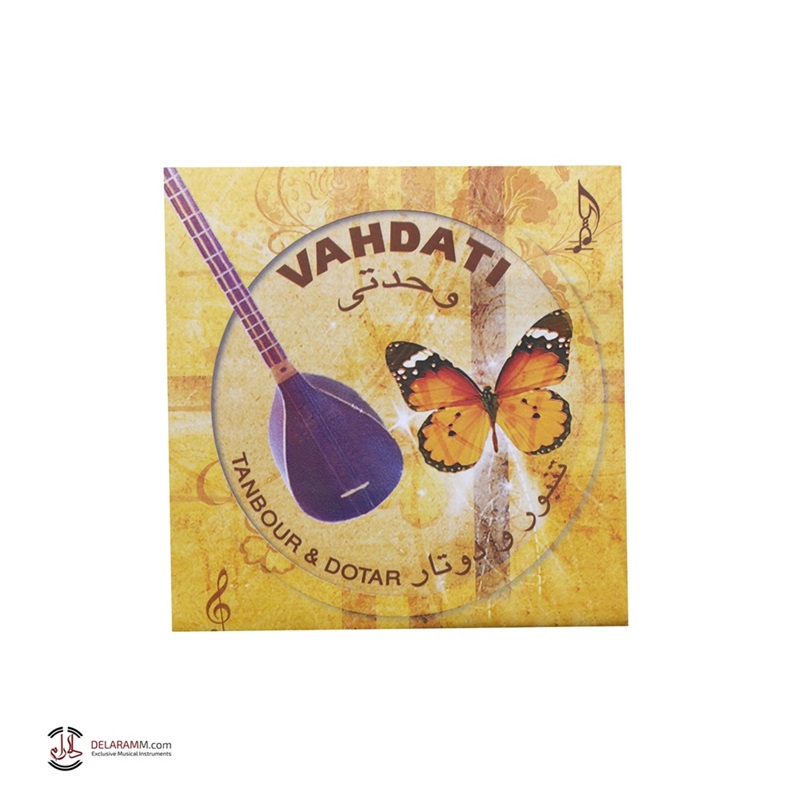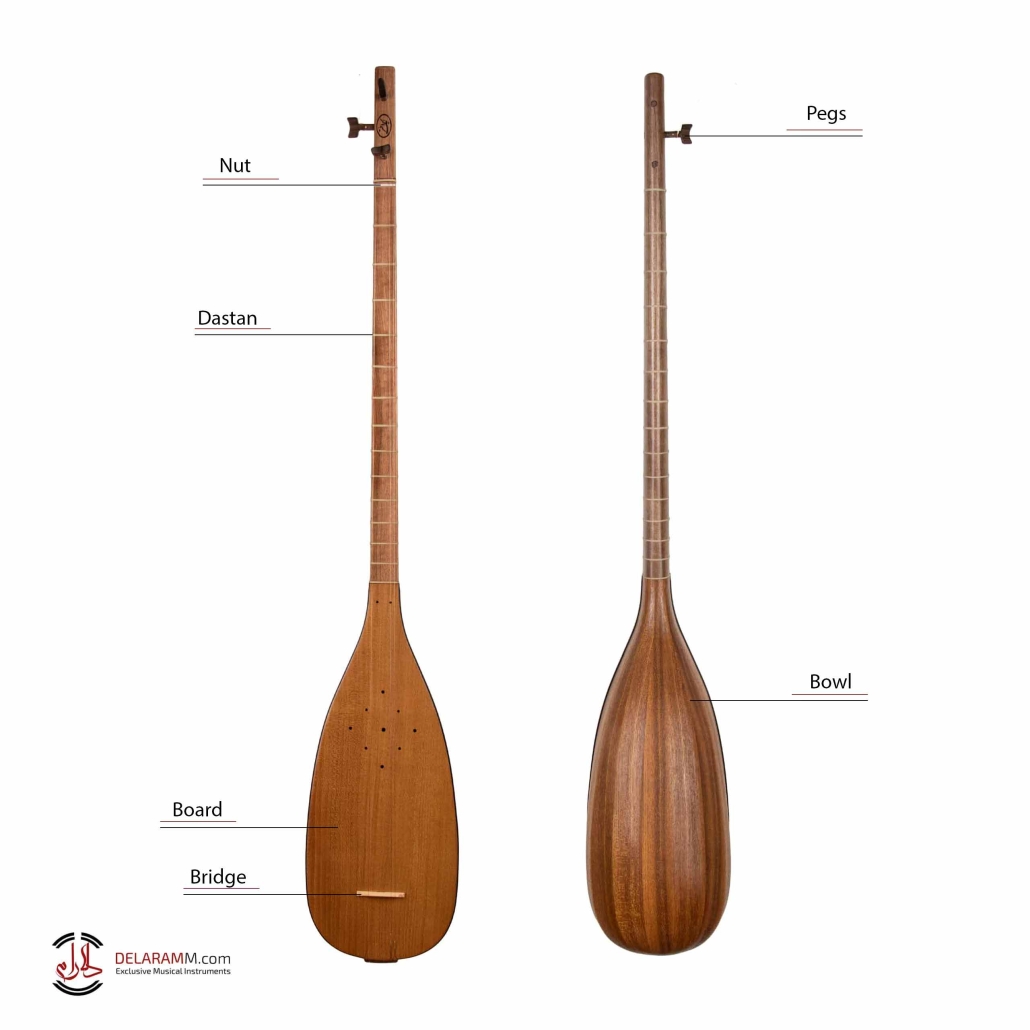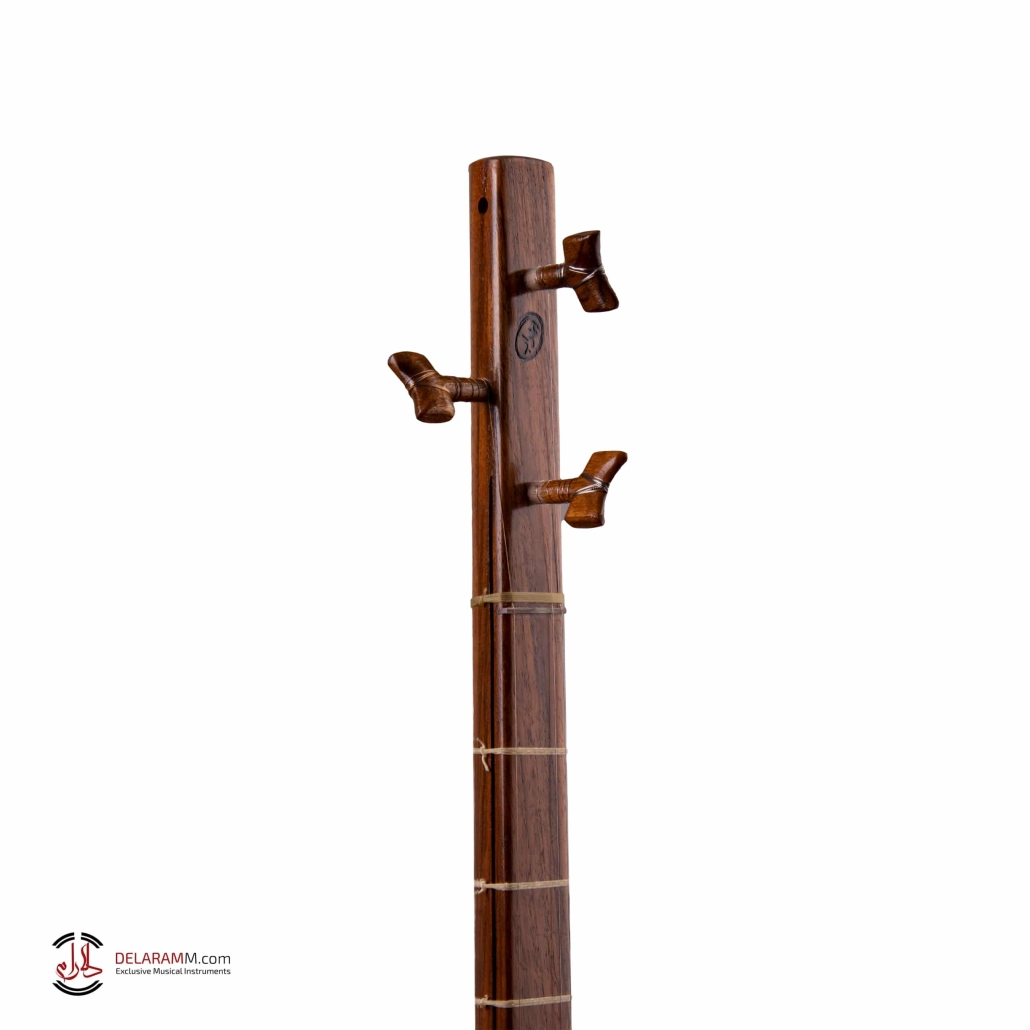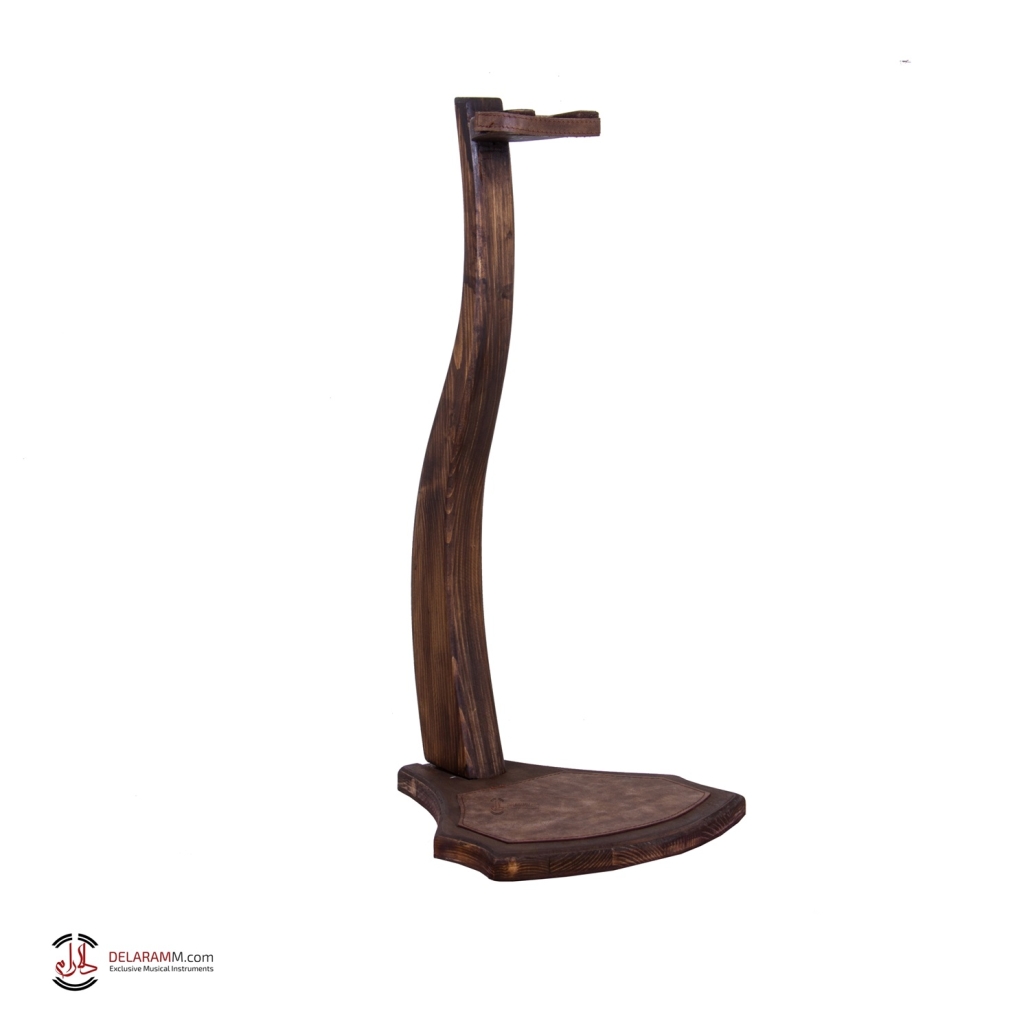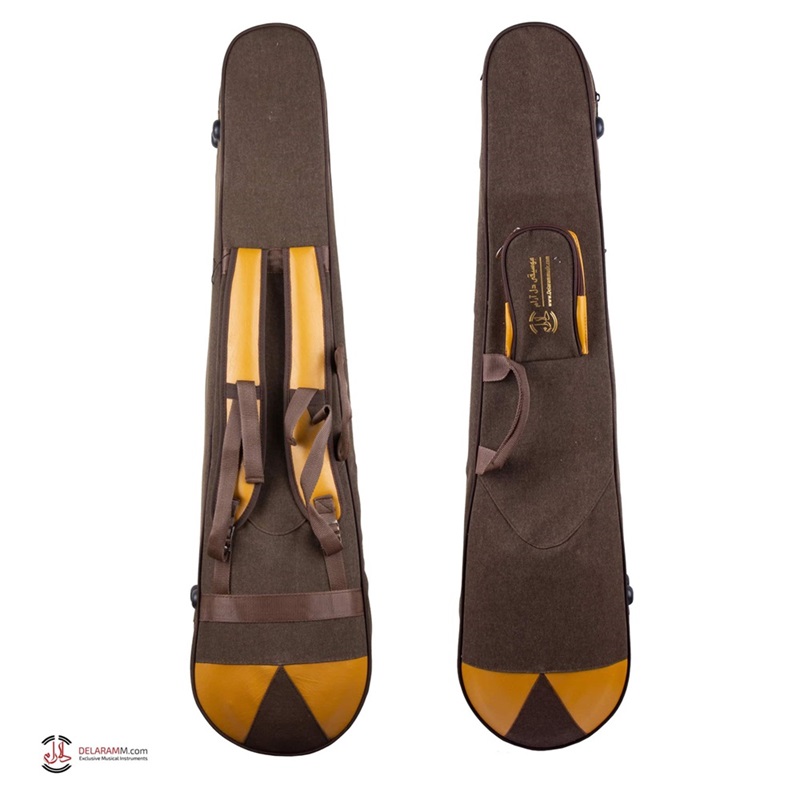The Ultimate Guide to Buying a Tanbour Instrument
Introduction
Hello, fellow music enthusiasts! Today, we’re taking a deep dive into the world of unique and enchanting musical instruments, specifically focusing on the Tanbour, an instrument rich in cultural significance and melodic charm. Whether you’re a seasoned musician or just exploring new territory, this ultimate guide on how to buy a Tanbour instrument will provide all the insights you need!
What is a Tanbour Instrument?
The Tanbour, also spelled as tanboor or tanbur, is one of the oldest and most revered stringed instruments originating from the Middle East, specifically Persia (modern Iran). It generally has a long neck, a small body, and two or three strings, creating a deep and resonating sound. The body is typically made from mulberry wood. In contrast, the strings are traditionally made of silk or intestine but more commonly steel in modern times.
Importance and Popularity of the Tanbour Instrument
This instrument is not just a musical artifact; it holds substantial cultural and historical significance. Often associated with spiritual ceremonies and traditional Persian music, the Tanbour’s melodic tunes can stir emotions and uplift the spirit.
– Revered for its spiritual significance: The Tanbour has been notably used in spiritual ceremonies, making it more than just an instrument but a sacred tool for connection and expression of faith.
– Popularity in modern music: Despite its antiquity, the Tanbour has gained considerable popularity in contemporary music genres, given its unique sound and versatility.
Ready to delve further? Let’s move on to the essential factors to consider when purchasing a Tanbour instrument.
Types of Tanbour Instruments
The Tanbour, also occasionally referred to as tanboor or tanbur, is a fascinating instrument with roots deeply embedded in Middle Eastern history. This instrument of eloquence comes in various forms, each with its unique sound. Let’s dive into the main types of Tanbour instruments.
One-piece bowl:
True to its name, the Tanbour is crafted in a sequential process from a single piece of mulberry wood, forming a seamless bowl or kashekol. This wood possesses natural imperfections.
It’s noteworthy that mulberry trees, often found in arid foothills, produce a timber with enhanced resonance and a distinct, somewhat discordant sound compared to trees grown in moist, saline soils. The Tanbour bowl boasts a rich historical lineage, with the earliest Tanbour crafted from such bowls dating back to prehistoric eras. Historically, artisans fashioned these bowls using rudimentary tools like chisels and rasps. Despite technological advancements enabling quicker production nowadays, some craftsmen still adhere to traditional methods, believing that the maker’s emotions and state of mind are intimately linked to the resulting sound of the instrument.
Multi-piece bowl:
This variant of the Tanbour is constructed by assembling 7 to 10 wicker pieces, adhered together to form the bowl. The practice of making Tanbour in this manner began some 70 to 80 years ago, with the oldest known wicker Tanbour, comprising 8 wickers and reputedly crafted by Khodavardi, dating back 80 years. Undoubtedly, the crafting of wicker tambourines bears the influence of Iranian instrument makers, particularly those skilled in crafting the setar. Typically, mulberry wood is also employed in making this type of bowl. The wicker Tanbour is fashioned in two distinct methods:
- Each wicker extending to the point of handle connection.
- Alternatively, a “neck,” traditionally made of mulberry wood but now commonly fashioned from walnut, is placed between the handle and the wicker, forming this variation of the tambourine.
Materials Used in Tanbour Instruments
Purchasing the perfect tanbour instrument involves understanding what components make up the instrument, starting with the kind of materials used. The tonalities your tambour produces will highly depend on the materials used to construct it. Let’s dive into some common materials that manufacturers use when crafting these instruments.
Wood Types
Typically, a majority of tanbour instruments are crafted from different types of high-quality wood. This choice of material not only influences the durability but the sound quality as well. These woods might include:- Walnut: Heavier and stronger, walnut wood is a popular choice for the tanbour’s body, resonating deep, rich tones.
– Mulberry: Known for creating bright and clear tones, Mulberry is often used for both the body and the neck of the instrument alsoThis lightweight wood is perfect for the top panel of a tambour, producing a balanced spectrum of tones.
Strings and their Materials
The strings of a tambour are as influential as the wood in determining the sound that the instrument produces. Traditional tanbour strings were made of gut, but modern tanbour strings can also be made from bronze and steel. Each material produces a different sound – gut strings give a warmer tone, bronze and steel strings a loud and bright tone.
Other Components and Materials Used
Besides wood and strings, other components also contribute to the overall outlook and performance of a tanbour. The bridge, typically made from wood or bone, supports the strings, while the pegs, usually crafted from hardwood, help adjust the pitch. Furthermore, ornamental features like inlays or rosettes may incorporate materials like pearl or abalone. Understanding what materials are used in the construction of a tambour instrument is the first step to making an informed purchase. Make sure to choose wisely according to your preference and desired sound quality.
Factors to Consider When Buying a Tanbour Instrument
Purchasing a Tanbour instrument can be an exciting journey, whether you’re an aspirational musician or a professional artist. However, to ensure you get the most suitable one, you should be clear about several factors. Here are some of the key considerations.
Budget
The price of Tanbour instruments can vary hugely. The cost can range from as low as a couple of hundred dollars to as high as several thousand. Factors such as materials used, craftsmanship, and the brand name can influence the price. If you’re a beginner, start with a relatively low-cost tambour until you’re sure you want to commit. However, if you’re a performing artist, you might choose to invest in a higher-quality instrument.
Skill Level and Experience
It’s always important to choose an instrument that aligns with your level of expertise. If you’re starting, you’ll need a Tanbour that’s user-friendly and non-complicated. However, more experienced players might look for features that offer more nuance and complexity.
- Beginners: Simple design and easy handling
- Intermediate: Good sound quality, more tones
- Advanced: High build quality, exceptional resonance.
Purpose of Buying (Professional Use or Hobby)
The purpose of buying is also a critical point to consider. Suppose you’re purchasing the Tanbour for professional use. In that case, you’re looking for an instrument with high-quality sound and enhanced performance features. However, suppose you’re buying this instrument to cultivate a hobby. In that case, you may not need all those fancy features, and a basic model might suffice.
Tonality and Sound Quality
Nothing matters more than the tonal quality of your Tanbour. Different instruments have unique sounds, even within the same type. Some might have a deep, resonant sound, while others have a more bright and cutting sound. You’ll need to decide what appeals to your sensual aesthetics. Try out different ones before you buy, and listen to how they resonate with your ears and heart. Purchasing a Tanbour instrument is a significant investment, and it’s essential to make the right choice. So take your time, do your research, and be clear about what you need in this remarkable instrument. Happy playing!
Researching and Choosing a Tanbour Instrument
When it comes to exploring the captivating world of music, choosing the right Tanbour instrument can truly enhance your musical journey. There are several steps you can take to ensure you select the best Tanbour for your personal needs.
Online research and reviews
In the digital age, starting online is often the most effective way to begin your search. With a wealth of information at your fingertips, you can easily explore various types and models of Tanbour instruments. You can check out the websites of the renowned Tanbour makers, read product descriptions, and compare features.
- Look at online forums and discussion boards for Tanbour enthusiasts
- Read detailed reviews from professional musicians and customers who have bought and used the instrument
- Watch the tutorial and review videos to get a feel for the sound and playability
Visiting music stores or instrument dealers
After researching online, it’s beneficial to take your search offline to local music stores or instrument dealers. You can get a hands-on experience, hold the Tanbour, and even play it to understand its physical characteristics better.
- Discuss with the store’s staff to get information about different Tanbour models
- Assess the build quality, weight, and the level of comfort when playing
- Listen to the sound quality and the resonance of the instrument
Seeking recommendations from experts or musicians
Suppose you have musician friends or know a music teacher. In that case, they can provide invaluable advice based on their experience and knowledge.
- Ask them about their favorite brand and type of Tanbour
- Seek advice on what to look for when buying this instrument
- Ask about care and maintenance tips
- Understand more about the learning curve and challenges of playing the Tanbour
Trying out different Tanbour instruments
Finally, never underestimate the importance of trying various Tanbour instruments. Every individual has unique preferences and comfort levels.
- Plan to try playing at least a few different Tanbours before making a decision
- Note how each instrument feels in your hands, its weight, and playability
- Pay attention to the sound, looking for a balance between the high and low tones. Researching, experimenting, and seeking advice can guide you toward a Tanbour that will resonate with your musical aspirations. Choose wisely and let the enchanting tones of the Tanbour fuel your love for music.
What to Look for When Inspecting a Tanbour Instrument
When shopping for a Tanbour, there are multiple factors to consider. To ensure you are purchasing a quality instrument, it’s important to inspect the build and craftsmanship, the condition of the wood, strings, and other components, to test the sound and tonality, and to assess its comfort and playability.
Checking the Build and Craftsmanship
When examining any Tanbour instrument, start with its build. The craftsmanship can tell you a lot about its quality. Consider the following:
- Is the Tanbour made by a reputable maker or brand?
- Does it look well-constructed? Are there any visible defects like cracks or loose parts?
- Are the materials used of high quality?
Examining the Condition of the Wood, Strings, and Other Components
Next, pay attention to the condition of the wood and strings.
- Inspect the fretboard: It should be smooth, without any cracks or warping.
- Look at the body of the instrument: The wood should be free of scratches and cracks.
- Inspect the strings: They must be in a good state, without any signs of rust or wear. And don’t forget to check all the components, such as tuning pegs and bridge. These should be solid and well-fixed.
Testing the Sound and Tonality
A key factor to consider is the sound and tonality of the Tanbour. Is the sound rich and balanced? Does each string produce a clear tone? Here are a couple of things to consider:
– Is the sound consistent when played softly and loudly?
– Are you getting a good resonance, especially in the lower notes? Playing the instrument or hearing an experienced player try it out can be very useful.
Assessing Comfort and Playability
Finally, remember that comfort and playability can have a significant impact on your enjoyment and skill development. – Is the neck of the Tanbour comfortable?
– Does the fretboard feel easy to navigate?
Choosing a Tanbour that feels right for you is essential. Play a few chords or melodies to get a feel of the instrument. In conclusion, buying a Tanbour isn’t just about looks or price; it’s about inspecting the details that entail a superb musical experience. Happy Tanbour hunting!
Tips for Buying a Used Tanbour Instrument
Buying a second-hand instrument doesn’t always mean you’ll get an excellent deal, especially when it comes to instruments as distinctive and intricate as a Tanbour. There are a few crucial things to consider before finalizing your purchase. Let’s take you through these points.
Inspecting for any damages or repairs
First off, inspect the Tanbour instrument carefully for any visible wear and tear or damage. Pay particular attention to the neck, soundboard, strings, and tuning pegs. Faulty or damaged tuning pegs, for instance, could affect the instrument’s sound significantly. Here’s what you should look for:
- Cracks or splits in the wood
- Loose or broken strings
- Warped or twisted neck
- Faulty tuning pegs If you notice significant damage or extensive repairs, it may be a sign that the instrument isn’t in the best condition and may require costly fixes.
Researching the history and age of the instrument
Where and when the Tanbour was made can significantly impact its value and sound quality. Ask the seller about the instrument’s history and previous owners. You may want to find out:
- The age of the instrument
- Where it was crafted
- If any famous musicians have owned or played it
- If it’s been used in performances or recordings
Evaluating the overall condition and playability
Lastly, try to evaluate how well Tanbour plays. If possible, play it yourself or ask a knowledgeable friend or professional to do so. You’re looking for a warm and resonant tone. Also, consider how comfortable it feels when you hold and play it. If the Tanbour feels awkward or uncomfortable, it may not be the right instrument for you. In the end, purchasing a used Tanbour should leave you feeling excited and inspired to make music. If it doesn’t, trust your gut. There will always be other opportunities.
Additional Accessories and Equipment
When investing in a Tanbour instrument, the main purchase is naturally the instrument itself. However, you need to remember that there are quite a few additional accessories and equipment that will aid in your overall Tanbour playing experience and maintaining its condition. Let’s take a look at those in detail.
Essential Accessories for Playing the Tanbour
First things first, consider picking up some essential accessories for playing the Tanbour. These typically include:
- Tanbour Stand: A stand is an essential accessory for any musician, providing a safe and convenient way to store and display your instrument when it’s not in use,
- Music Stand: A sturdy music stand will hold your sheet music at eye level, making practicing easier.
- Extra Strings: The Tanbour strings can sometimes break, so it’s advisable to have an extra set at your disposal.
Cases and Storage Options
Moving on to storing your Tanbour, a high-quality case is non-negotiable. Look for a hard case that has a plush interior lining to protect the instrument from scratches and dents. Weatherproof covers can also come in handy to keep your Tanbour safe from moisture and dust. Remember, the case should snugly fit your Tanbour to ensure maximum protection.
Maintenance and Care Tools
Lastly, maintenance of your Tanbour is critical to its playing longevity. Get your hands on some maintenance tools such as:
- Cleaning Cloth: To keep your Tanbour looking shiny and new.
- Polishing kit: To buff the body of the Tanbour periodically.
- Humidifier: To maintain the moisture level in the wood, especially in dry climates. Investing in these extra bits can elevate your Tanbour playing experience and keep your beautiful instrument in top-notch condition for longer.
Price Range of Tanbour Instruments
Finding the right Tanbour instrument doesn’t have to break the bank, but price ranges can vary greatly based on a few factors. Tanbours are unique instruments with a rich cultural history, and their price reflects this value.
Costs of Different Types and Qualities of Tanbour Instruments
Typically, an entry-level Tanbour can be bought for around $200-$300. These models are perfect for beginners or those on a tight budget. Mid-range Tanbour instruments, ideal for intermediate players, go up to about $500-$700. These Tanbours usually offer a better string quality and enhanced tonal precision. For professionals and serious enthusiasts, high-end models are available from $1000 and above. These Tanbours offer world-class craftsmanship, superior materials, and exquisite sound quality. Each price range offers its unique combination of attributes and minor variations:
– Entry-Level Tanbour: $200-$300
– Mid-Range Tanbour: $400-$600
– High-End Tanbour: $800+
Factors That Affect the Price Range
Several factors determine Tanbour’s cost. The first is craftsmanship – instruments handmade by experienced artisans typically cost more than mass-produced ones. Then we have the quality of materials. Top-quality woods, strings, and fittings will influence the price. The sound quality, which ties into both craftsmanship and materials, is another significant factor. And, of course, the brand or maker behind the Tanbour can also affect price, with well-known, respected brands fetching higher prices. Ultimately, the right Tanbour for you should not only fit your budget but also satisfy your musical standards and preferences.
Conclusion
Final Tips for Making an Informed Decision
Before making your purchase:
-Always play the instrument before buying.
-Research the seller’s credibility.
-Consider the level of your play. Beginners may start with a less expensive, durable Tanbour.
-Paying attention to the strings, as depending on the type, they can greatly affect the timbre and tuning.
Encouragement to Start Playing the Tanbour Instrument
Finally, no matter which Tanbour instrument you end up purchasing, the most important thing is to enjoy the process of learning and playing. This ancient instrument has the beautiful ability to connect us with music in its most genuine and profound form. So, tune your new Tanbour, find a quiet space, and let the music take you on a journey. It’s a rewarding experience you won’t want to miss!
frequently asked questions
A key differentiator between the Setar and Tanbur is the number of strings; the Setaar sports four strings, whereas the Tanbur has two or three.
- What is the meaning of tanbur?
The term Tanbur can refer to various long-necked string instruments originating in Mesopotamia,
- Is it a tambur or tanbur?
The Tambur, also spelled as tanboor or tanbur, is one of the oldest and most revered stringed instruments originating from the Middle East
- Where did the tanbur come from?
Tanburs have been present in Mesopotamia since the Akkadian era, or the third millennium BC.

